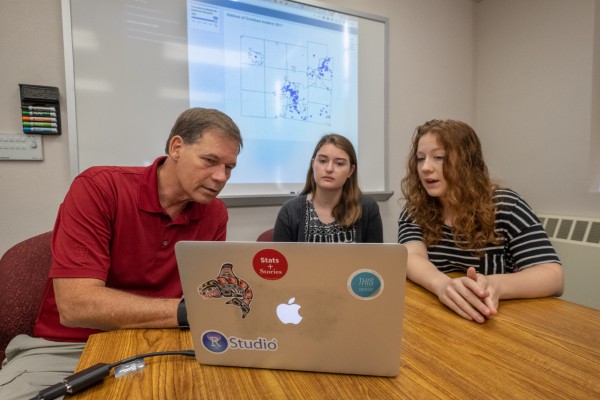Statistics academic programs offer students the opportunity to delve into the fascinating world of data analysis, data science, and mathematical statistics. As a discipline that plays a crucial role in various fields, including finance, healthcare, social sciences, and technology, statistics equips students with essential skills to interpret and draw meaningful conclusions from data. These academic programs provide a solid foundation enabling students to navigate the complex landscape of data-driven decision-making.
